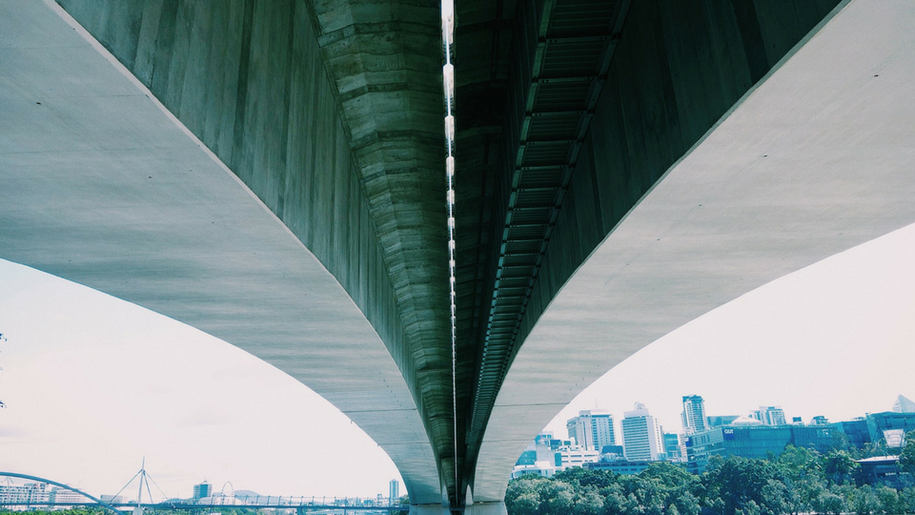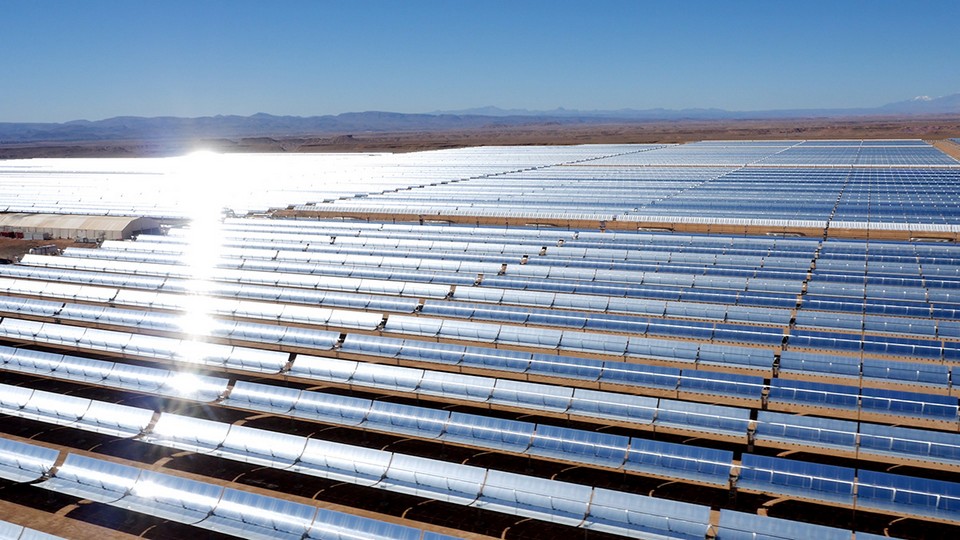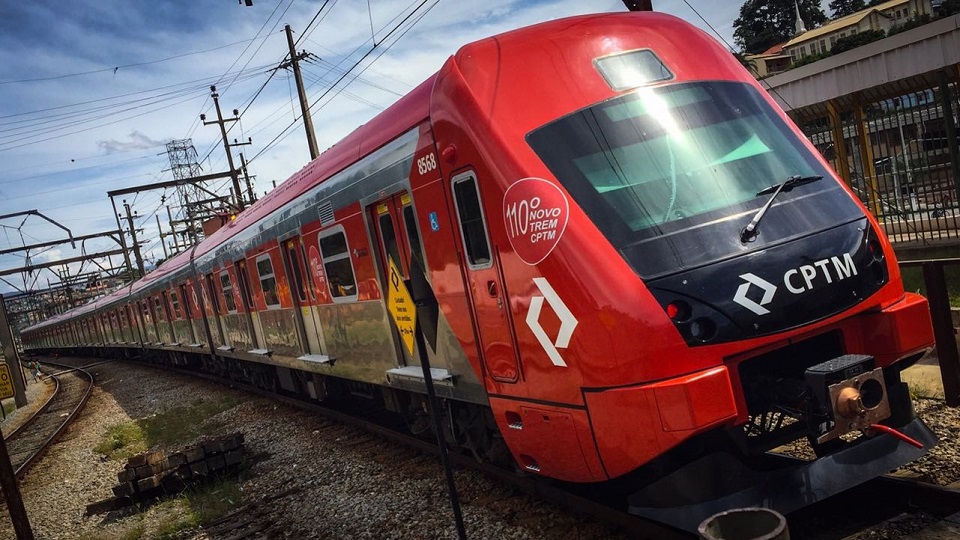1740 results found
Featured results



More results
The main point of this report is to provide quantitative evidence of how improving utility management and more accurately targeting smaller subsidies would free up enough resources to make the needed investments and operate the sector at a lower cost.

Over the past few decades, there has been substantial change in living standards globally. Keeping pace with profound economic and demographic changes will require a significant increase in infrastructure investment.
This report provides a view on the Chongqing area and argues three dimensions of connectivity can be improved: physical (infrastructure) connectivity, digital connectivity, and economic integration with nearby areas, the report then provides a strategy on how to carry this out.

An industry event about the need to attract private capital and develop infrastructure as a standalone asset class is nothing new. However, the G20 Infrastructure Financing Seminar that took place in London last week was unique in that it had the most wide-ranging and intense interactions between governments and the private sector that I have seen to-date.
To improve the infrastructure project development process, the MIWM has developed an investment program called MIRT (Multi-Year Programme for Infrastructure, Spatial Planning and Transport).

These policy guidelines are intended to help countries design and implement competitive selection processes for supporting renewable energy.

These Guidelines provide a viable framework for prospective bidders (Proponents) to submit innovative and unique ideas (Unsolicited Proposals).

The cost of transport in Lao PDR is said to be higher than in neighboring countries, affectingthe competitiveness of producers and shippers alike. However, the picture appears to be morenuanced. Since there has not been much hard evidence to support this claim, this paper fills thegap by empirically investigating transport costs and prices for domestic routes in Lao PDR andidentifies the key drivers behind transport costs.

Over the last decade, much has been written about globalisation and how we’re more connected than ever before. In the infrastructure world, we think of connectivity as the “linkages of communities, economies and nations through transport, communications, energy, and water networks across a number of countries” .
These Guidelines provide a viable framework for prospective bidders (Proponents) to submit innovative and unique ideas (Unsolicited Proposals).

This report benchmarks the costs of road construction and the timeliness of infrastructure procurement processes for projects undertaken by states and territories since 2015.

Noor Ouarzazate I, a 160 MW Concentrated Solar Power (CSP) plant, is a path-breaking large- scale CSP project, one of the first to be delivered in the Middle East and North Africa (MENA) region, taking advantage of the region s abundant solar resources.
The PDMF Guidelines provide the detailed process to be followed by the Implementing Agencies (IAs) in order to apply for PDMF support for project preparation activities and more.

In Buenos Aires on 23 March, the G20 Finance Ministers announced that infrastructure would remain a priority for at least the next three years—a very welcome announcement for those in the private sector who have long called for greater global coordination of efforts in this area.
The exercise is part of an annual ranking of the PPP context across countries undertaken by the World Bank group.

The World Economic Forum, the Global Infrastructure Hub (GI Hub) and Meridiam on Wednesday launched a new partnership to help governments across Africa build infrastructure procurement capabilities within their civil services.
Brazil has become the largest market for public-private partnerships (PPPs) in Latin America, having invested around USD $386 billion in infrastructure from 1990 to 2017
For the second year the conference gathered Brazilians and foreign professionals from the infrastructure public and private sector. The conference focused on the role of privatisation of infrastructure assets, PPPs and Concessions for the next wave of Brazilian infrastructure projects as part of the 20 year infrastructure program 2018 to 2038.




 Download the event summary
Download the event summary







